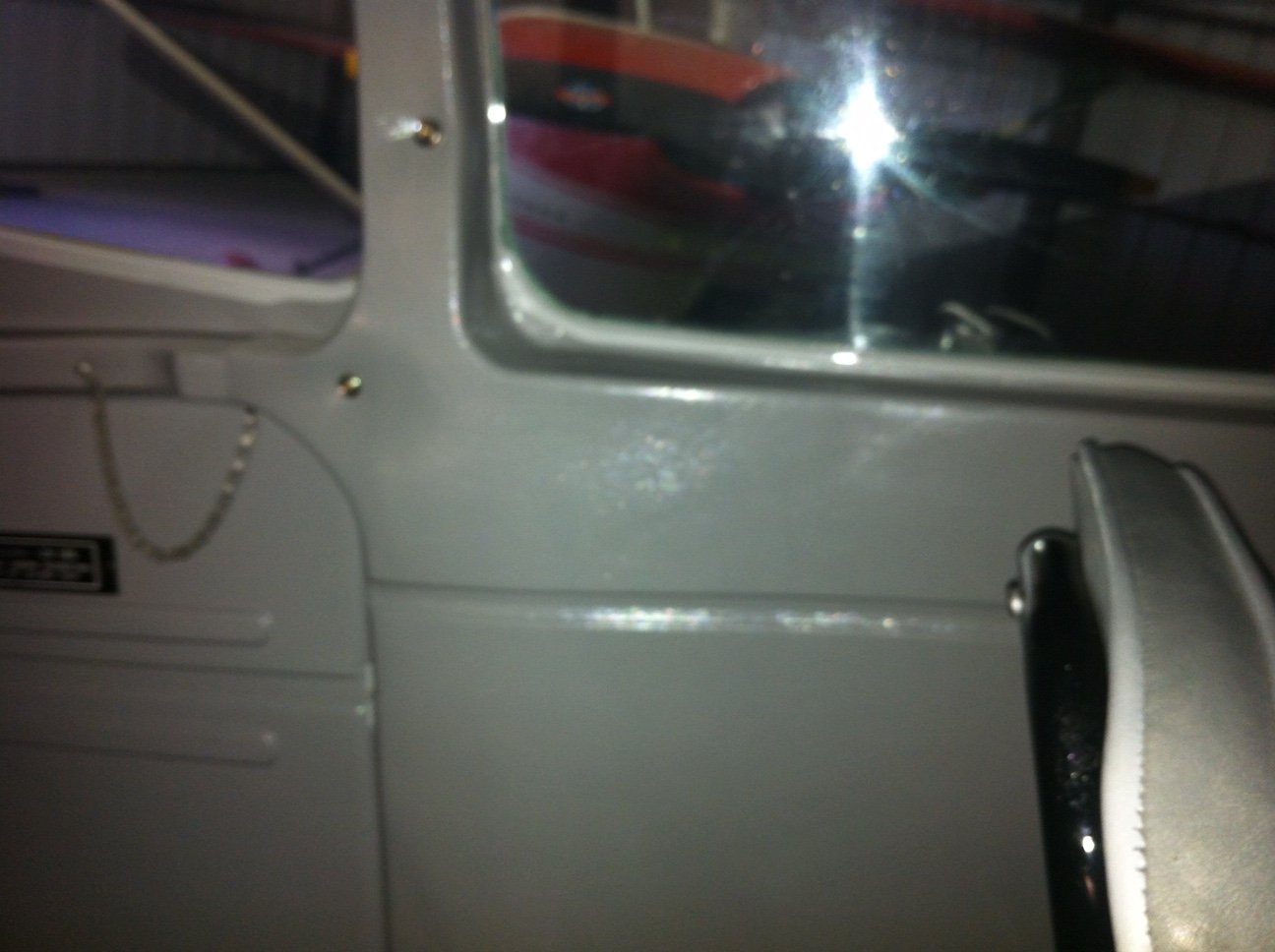N9053Z
This plane was exported to Canada, new from the factory in 1980.
In June of 1987, the aircraft was repatriated to the US, purchased by Brennand Aircraft Sales in Neenah, WI. At this time, the new owner applied for a US Airworthiness Certificate, and on the application, it states 2033.4 hours total airframe time.
In 1988, Robert M. Briggs purchased N90532 and relocated to southern California, where it languished in a hangar in the desert until we purchased it in 2014. The record shows a transfer of ownership to WEBB-Fairchild, Inc. in Danville, CA on 10/15/2014. Just prior to our purchase, we were told that Mr. Briggs was associated with this company. The plane was transferred due to his health and the family’s desire to sell it. While it was in Mr. Briggs’ possession, approximately 430 hours were put on the airframe. When we bought it, we figured the logbooks were incomplete, due to the fact there were no entries from the time it left Canada. We ran a records search for any incidents, 337’s, etc., and none were found. The original ELT with battery dated August 1988 was in the plane when we arrived. (see photos below) We were told Mr. Briggs was a bit on the eccentric side, flew the plane once in a while, and never had an annual inspection. Research shows nothing to contradict this.
The engine was last overhauled in 1984 @ 1440.3 hours at Landry Aviation in Alberta, Canada, giving it a time since major of approximately 1065 hours. In 1986 with 463.1 hours on the overhaul, all cylinders were removed and overhauled for low compression, giving the engine approximately 600 hours since a top overhaul. In 4/2018, we removed #6 cylinder for overhaul due to low compression. At that time, we were able to inspect the cam lobes for #5 & #6 cylinders, and they looked good.
Our biggest dilemma with this plane has been the wet wing fuel tanks. When we acquired the plane, the tanks were leaking, so we took it to the Cessna dealer in Ft Worth, TX, Brodie’s Aircraft, where they worked on them several times. They were able to get the left wing completely sealed, but were unable to get the right wing dry. Upon further research, we found that the best bet was to remove the right side wing and drill the top skin off to finish the repairs Brodie’s Aircraft started. We did, and at this time the fuel cells in both wings are sealed, and no leaks are evident.





















































